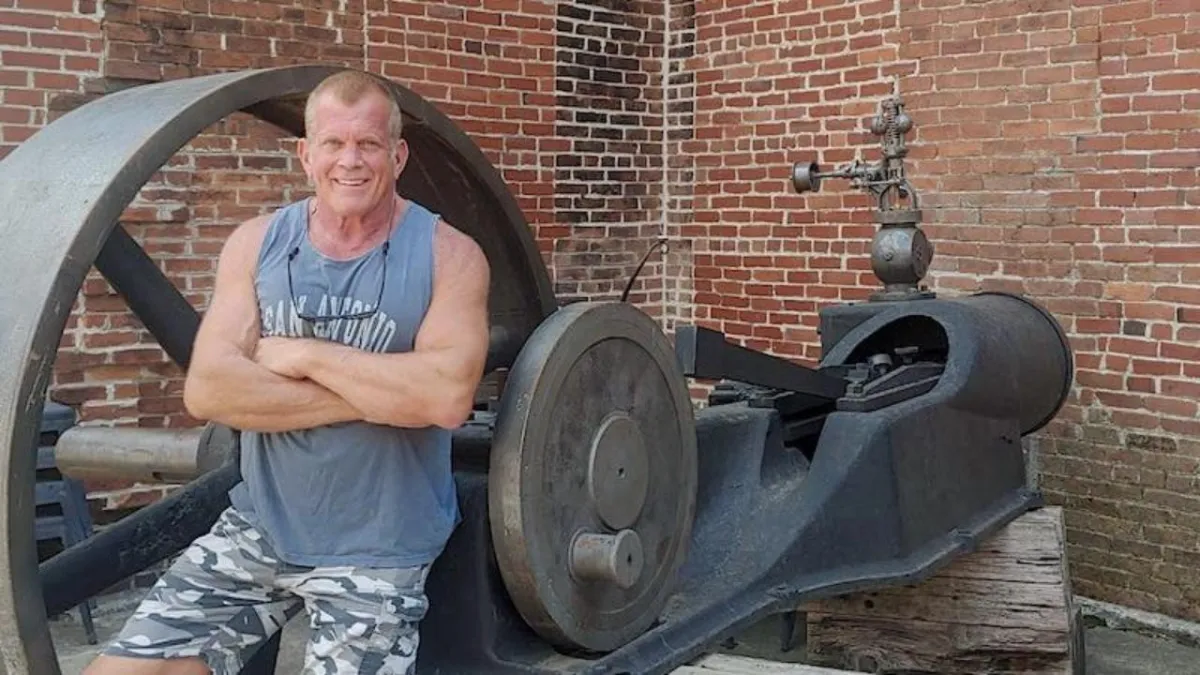The New Start Wellness Blog

Have questions?
We'd love to hear from you!
Call (423) 364-4008
Email:
[email protected]
Address: 6425 Hixson Pike, Hixson, Tennessee 37343

How the Gym Can Help Fight Cancer
How the Gym Helped ‘Get My Act Together’ After Cancer
Todd Allen and his wife took a European trip seven years ago.
He felt terrible by the time they got home.
Blood tests revealed cancer. Stage 4. Bone marrow.
Todd went through 18 months of chemotherapy and had knee surgery and hip surgery.
Never much for exercise, Todd then made a decision: “After the recovery, I said I gotta get my act together.”
“I’ve been a gym rat ever since,” says Todd, now 65. Now, with a healthy prognosis, he wakes up early each morning to lift weights, run stairs, and do other physical activity. “I look better now than I ever have in my life.”
The Research on Exercise and Cancer
Research proves that exercise is good for our health at any age. Experts say it also helps prevent cancer and lower its risk of recurring. And regular exercise benefits cancer survivors the same way it helps the general population – by reducing obesity and blood pressure, lowering risk of heart attack, stroke, and diabetes, and more.
Strength training is particularly important to help maintain muscle and bone density. People generally lose muscle mass with age, and cancer exacerbates the decline.
The National Cancer Institute shares powerful data about how exercise can reduce the risk of certain cancers:
Breast cancer by 20 to 80 percent
Endometrial cancer by 20 to 40 percent
Colon cancer by 30 to 40 percent
The Clinical Oncology Society of Australia issued formal guidelines that recommend exercise as a part of treatment for all cancer patients. It said:
Exercise should be a part of standard care for cancer patients to fight the disease and side effects of treatment.
Treatment teams should promote physical activity, so patients meet exercise guidelines.
Patients should be referred to an exercise physiologist or physical therapist.
“If we could turn the benefits of exercise into a pill it would be demanded by patients, prescribed by every cancer specialist and subsidized by government,” said Dr. Prue Cormie, author of the organization’s report. “It would be seen as a major breakthrough in cancer treatment.”
A healthy lifestyle should include exercise – which also helps limit other factors like obesity and blood pressure, before and after cancer.
After treatment, exercise helps restore self-esteem and a sense of control, which cancer strips from patients, says Andrea Leonard, founder of the Cancer Exercise Training Institute. “Teaching them to regain control empowers them, increases esteem and confidence, and takes them from victim to survivor.”
‘Let’s Get Some Life While We’re Here’
For Todd Allen, working out at the gym brings him the variety, social interaction, and mental health benefits he craves.
“I love the comradery,” he says. “You have to show up or you get razzed. That’s key for consistency.”
With his health now solid and his outlook bright, Todd is committed to enjoying every day.
“Let’s get some life while we’re here,” he says. “I’m going to hold onto this thing for as long as I can.”
